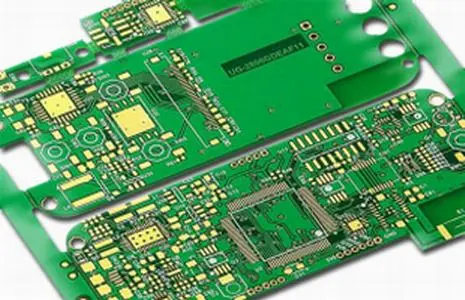Multilayer PCBs (Printed Circuit Boards) offer several benefits compared to single-layer or double-layer PCBs. Here are some key advantages of using multilayer PCBs:

Compact Size: Multilayer PCBs allow for increased circuit density and miniaturization. By stacking multiple layers, you can accommodate a larger number of components and traces in a smaller footprint. This is especially beneficial for complex electronic devices with limited space.
Enhanced Signal Integrity: Multilayer PCBs provide better signal integrity and reduced electromagnetic interference (EMI). By separating signal layers from power and ground planes, you can minimize crosstalk, noise, and signal distortion. Ground and power planes also act as shielding, improving the overall electromagnetic compatibility (EMC) of the design.
Improved Power Distribution: Power and ground planes in multilayer PCBs offer a more efficient and stable power distribution network. These planes provide low impedance paths for power and return currents, minimizing voltage drops and ensuring reliable power delivery to components. This is particularly important for designs with high power requirements or sensitive components.
Enhanced Thermal Management: Multilayer PCBs facilitate better heat dissipation. By incorporating thermal vias and allocating internal copper layers as heat sinks or planes, you can efficiently transfer heat away from components and distribute it throughout the board. This helps prevent overheating, increases reliability, and extends the lifespan of the electronics.
Reduced Electromagnetic Emissions: With the use of multilayer PCBs, you can implement effective grounding strategies and controlled impedance routing, which minimize electromagnetic emissions. By reducing emissions, you can comply with electromagnetic compatibility (EMC) standards and regulations, ensuring your design does not interfere with other electronic devices.
Design Flexibility: Multilayer PCBs offer greater design flexibility and versatility. The additional layers provide more routing options and allow for complex designs with multiple signal types, high-speed signals, differential pairs, and mixed-signal components. This flexibility simplifies the design process and enables the creation of advanced electronic systems.
Improved Reliability: Multilayer PCBs provide improved reliability due to their robust construction. The multiple layers and solid interconnects enhance the structural integrity of the board, making it more resistant to mechanical stress, vibration, and thermal expansion. Additionally, the use of power and ground planes helps to reduce noise-induced errors and voltage fluctuations.
Ease of Testing and Debugging: Multilayer PCBs often offer easier testing and debugging capabilities. With well-defined layer stackups and organized signal routing, it becomes simpler to access different nodes and test points on the board. This speeds up the troubleshooting process and simplifies the identification of any issues.
It's important to note that designing and manufacturing multilayer PCBs require more expertise and specialized fabrication processes compared to single-layer or double-layer PCBs. However, the benefits they offer often outweigh the additional complexity, making them a preferred choice for complex electronic designs.
get more knowledge about Benefits of Multilayer PCB please refer to Rigaopcb:https://www.rigaopcb.com/